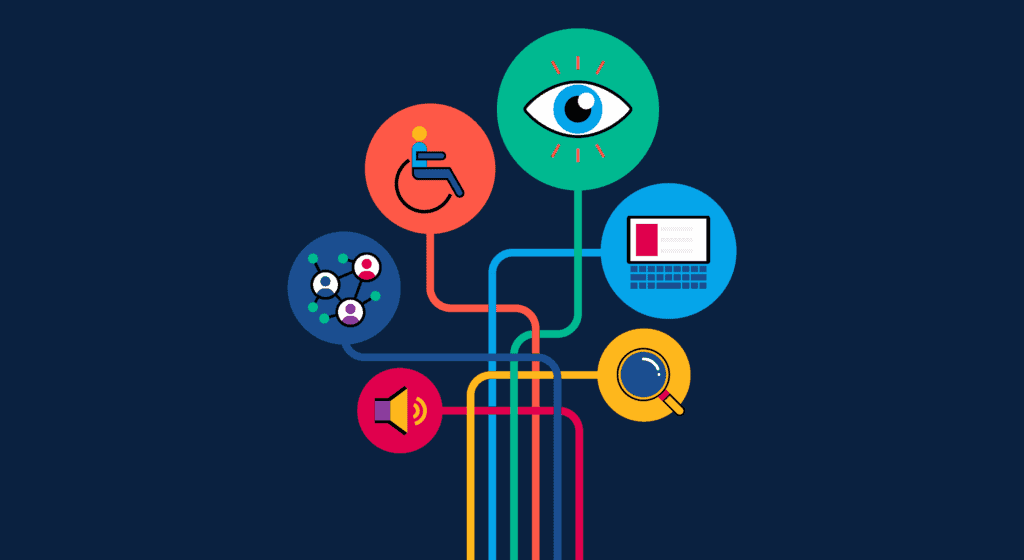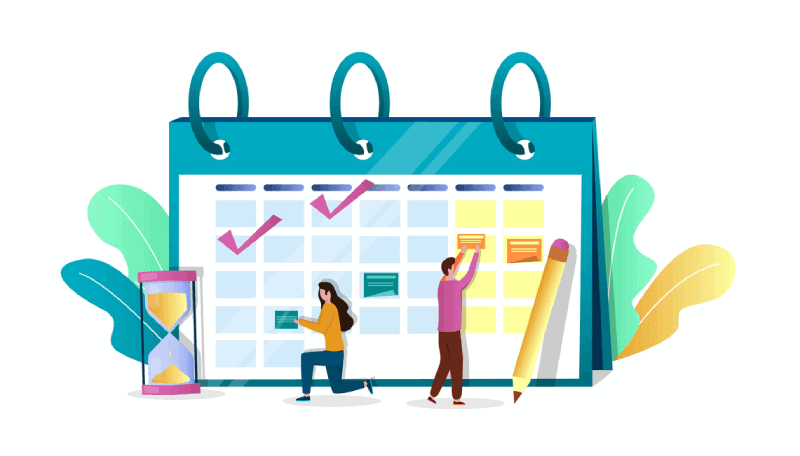In the rapidly evolving world of marketing, understanding consumer behavior is crucial for businesses aiming to optimize their marketing strategies. By analyzing consumer behavior, companies can gain valuable insights into the preferences, needs, and buying patterns of their target audience. This knowledge allows businesses to tailor their marketing efforts, products, and services to meet consumer expectations and drive engagement, conversion, and loyalty.
Targeted marketing is an approach that leverages consumer behavior data to craft personalized messages, offers, and experiences. Rather than using a “one-size-fits-all” strategy, targeted marketing focuses on reaching the right consumer with the right message at the right time, ensuring higher engagement and a more effective return on investment (ROI).
In this article, we will explore how businesses can analyze consumer behavior for targeted marketing, the importance of this analysis, and the tools and techniques that can be used to gather actionable insights.
What is Consumer Behavior?
Consumer behavior refers to the study of how individuals, groups, or organizations make decisions about purchasing and using products or services. It includes the processes and actions involved in finding, buying, and using goods and services. By analyzing these behaviors, businesses can understand what motivates consumers, what factors influence their decisions, and how they engage with different products and brands.

Key components of consumer behavior include:
- Psychological Factors: Emotions, attitudes, perceptions, and motivations that influence purchasing decisions.
- Social Factors: Family, friends, colleagues, and cultural influences that affect buying choices.
- Personal Factors: Age, occupation, lifestyle, and economic conditions that shape consumer preferences.
- Behavioral Factors: Frequency of purchase, brand loyalty, and usage patterns.
Why Analyzing Consumer Behavior is Important for Targeted Marketing
Analyzing consumer behavior is crucial for several reasons, especially when it comes to targeted marketing. Here’s why it matters:
1. Better Understanding of Consumer Needs and Wants
Understanding consumer behavior helps businesses identify the needs, desires, and pain points of their audience. By knowing what motivates consumers to make purchasing decisions, businesses can offer products and services that address these specific needs. For example, an online clothing retailer can use behavior data to understand the types of clothes customers buy most often and offer personalized recommendations based on those preferences.
2. Improved Personalization
Targeted marketing is all about personalization. By analyzing consumer behavior, businesses can segment their audience and craft personalized marketing messages. Personalized messages resonate more with consumers and increase the likelihood of engagement and conversion. For instance, streaming services like Netflix and Spotify use data-driven insights to recommend content based on users’ viewing or listening history, improving the overall customer experience.
3. Enhanced Customer Experience
By understanding how consumers interact with products or services, businesses can create more intuitive and satisfying customer experiences. If a business knows when, where, and how customers typically make purchases, it can design its website or store layout to make shopping easier and more enjoyable.
4. Increased Marketing ROI
By targeting the right audience with the right message at the right time, businesses can improve their marketing ROI. When marketing efforts are aligned with consumer behavior, resources are spent more efficiently, reducing wasted spend on ineffective campaigns. For example, using consumer data to target ads on social media platforms ensures the right audience sees the advertisement, increasing the chances of a conversion.
5. Competitive Advantage
Understanding consumer behavior gives businesses a competitive edge. Companies that are in tune with their customers’ desires and purchasing habits are better positioned to anticipate market trends and stay ahead of the competition. For example, if a business knows that its target audience is shifting toward eco-friendly products, it can adjust its marketing strategy to focus on sustainability, setting itself apart from competitors.
How to Analyze Consumer Behavior for Targeted Marketing
To successfully analyze consumer behavior for targeted marketing, businesses need to gather data, segment their audience, and use insights to inform decisions. Below are the steps to analyze consumer behavior effectively:
1. Collect Consumer Data
The first step in understanding consumer behavior is gathering relevant data. This can be done through various methods, including:
- Surveys and Questionnaires: Direct feedback from customers can provide valuable insights into their preferences, attitudes, and pain points. Surveys can be used to understand why consumers buy certain products, how they feel about a brand, and what influences their purchase decisions.
- Social Media Analytics: Social media platforms provide a wealth of information on consumer behavior. Analyzing engagement, interactions, and comments on posts can reveal what resonates with your audience and what doesn’t.
- Website Analytics: Tools like Google Analytics can track how consumers interact with your website. This data shows which pages they visit, how long they stay, and what actions they take, offering valuable insights into their preferences and interests.
- Sales and Transaction Data: Analyzing past sales and transaction data helps businesses understand which products or services are most popular among different customer segments. This data can be used to predict future consumer behavior and identify trends.
- Customer Feedback: Gathering feedback through online reviews, customer service interactions, or loyalty programs provides a direct view into the customer experience and satisfaction.
2. Segment Your Audience
Once you have collected consumer data, the next step is segmentation. Segmentation involves dividing your customer base into distinct groups based on specific characteristics. Common segmentation methods include:
- Demographic Segmentation: Grouping consumers based on demographic factors like age, gender, income, education, and occupation. For example, a brand may target younger consumers with a trendy fashion line and older consumers with a classic, more sophisticated collection.
- Geographic Segmentation: Dividing customers based on their location, such as country, region, city, or even climate. For example, a sunscreen brand may target consumers in tropical or sunny regions.
- Psychographic Segmentation: Grouping consumers based on their lifestyles, values, attitudes, and interests. This helps businesses appeal to consumers on a deeper emotional level. For example, a company selling organic food may target health-conscious individuals who prioritize sustainability.
- Behavioral Segmentation: Segmenting based on consumer behaviors, such as purchasing habits, brand loyalty, or product usage. For example, a subscription box service may target consumers who frequently purchase beauty products with a personalized skincare box.
3. Create Customer Personas
Customer personas are fictional representations of your ideal customers based on real data. These personas help marketers understand the motivations, challenges, and needs of different customer segments. Each persona typically includes:
- Demographic Information: Age, gender, location, income, and education.
- Psychographics: Personality traits, values, interests, and lifestyle choices.
- Behavior Patterns: Shopping habits, product preferences, and decision-making factors.
- Pain Points: Problems or challenges the customer is facing that your product or service can solve.
By creating detailed customer personas, businesses can craft personalized marketing strategies that speak directly to the needs of each segment.
4. Analyze Consumer Decision-Making
Understanding how consumers make purchasing decisions is crucial for effective marketing. The consumer decision-making process typically follows five stages:
- Need Recognition: The consumer identifies a need or problem.
- Information Search: The consumer seeks information about solutions to their need.
- Evaluation of Alternatives: The consumer compares different products or services.
- Purchase Decision: The consumer selects a product and makes a purchase.
- Post-Purchase Behavior: The consumer evaluates their satisfaction with the purchase.
By analyzing each stage of the decision-making process, businesses can identify opportunities to influence consumer choices, such as providing informative content, offering discounts, or creating a seamless purchase experience.
5. Use Predictive Analytics
Predictive analytics uses historical data, statistical algorithms, and machine learning techniques to predict future consumer behavior. By leveraging predictive analytics, businesses can anticipate trends and customer needs before they arise. For example, an e-commerce store may predict that a customer is likely to purchase a specific item based on their browsing history and send a targeted offer to encourage the purchase.
Tools for Analyzing Consumer Behavior
To streamline the process of analyzing consumer behavior, businesses can utilize a variety of tools and technologies:
- Google Analytics: Provides in-depth insights into website traffic, user behavior, and conversion rates.
- Social Media Analytics Tools: Platforms like Facebook Insights, Twitter Analytics, and Instagram Insights offer data on consumer engagement and preferences.
- CRM Systems: Customer Relationship Management (CRM) tools like Salesforce and HubSpot help track customer interactions, preferences, and purchase history.
- Survey Tools: Tools like SurveyMonkey and Typeform make it easy to collect consumer feedback and insights.
Conclusion
Analyzing consumer behavior is a fundamental aspect of successful targeted marketing. By understanding what drives consumer decisions, businesses can personalize their marketing efforts, improve customer experiences, and ultimately increase conversions. Through careful data collection, segmentation, and the use of advanced tools and analytics, companies can gain a deeper understanding of their audience and craft strategies that resonate with them.
The goal of analyzing consumer behavior is not only to drive sales but also to build lasting relationships with customers by delivering the right message, product, or service at the right time. By implementing these strategies, businesses can stay ahead of the competition and foster long-term customer loyalty.













